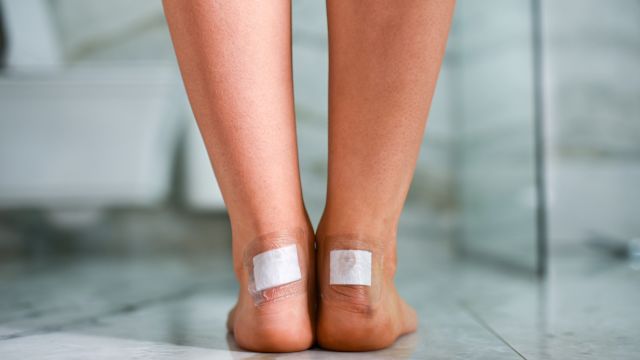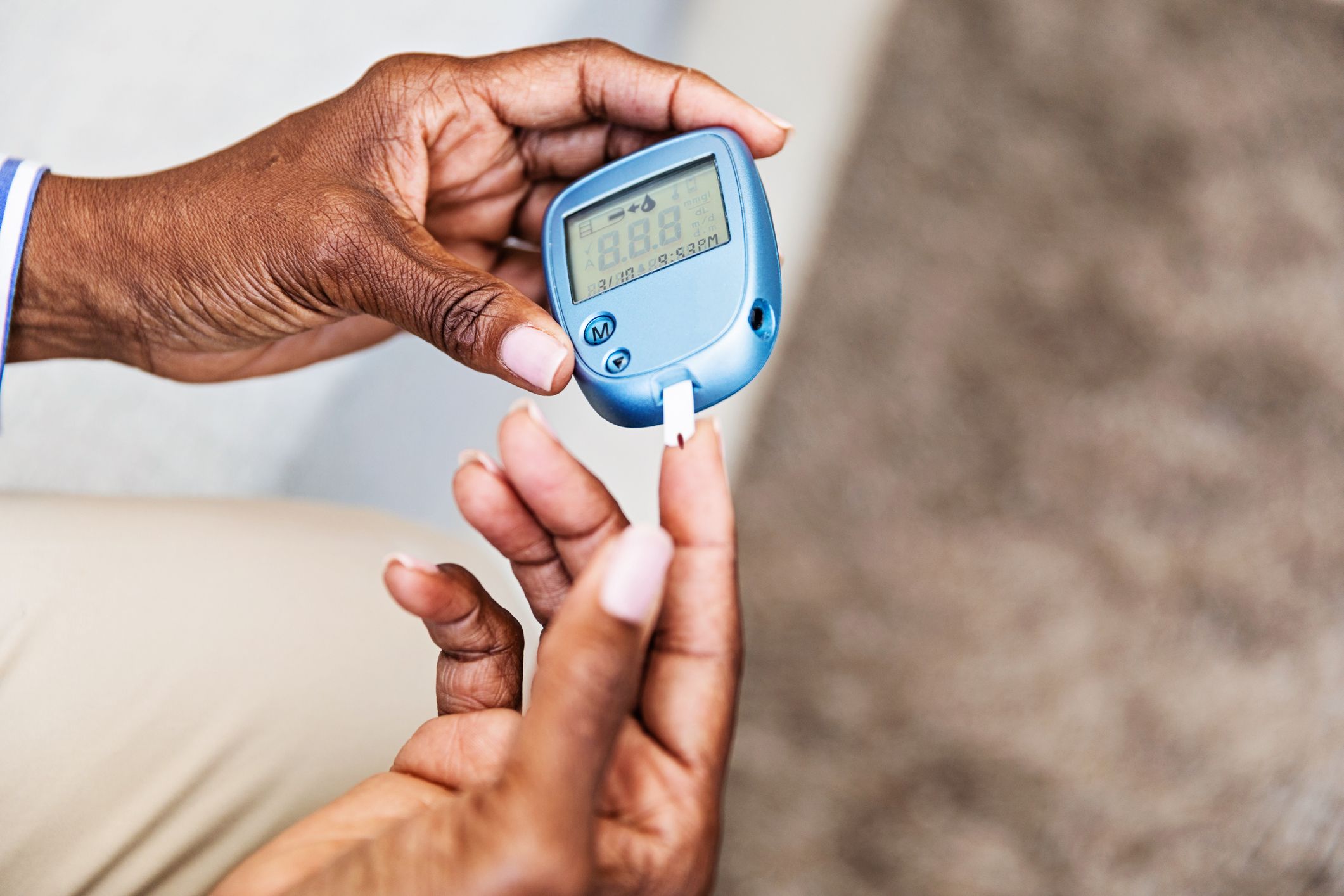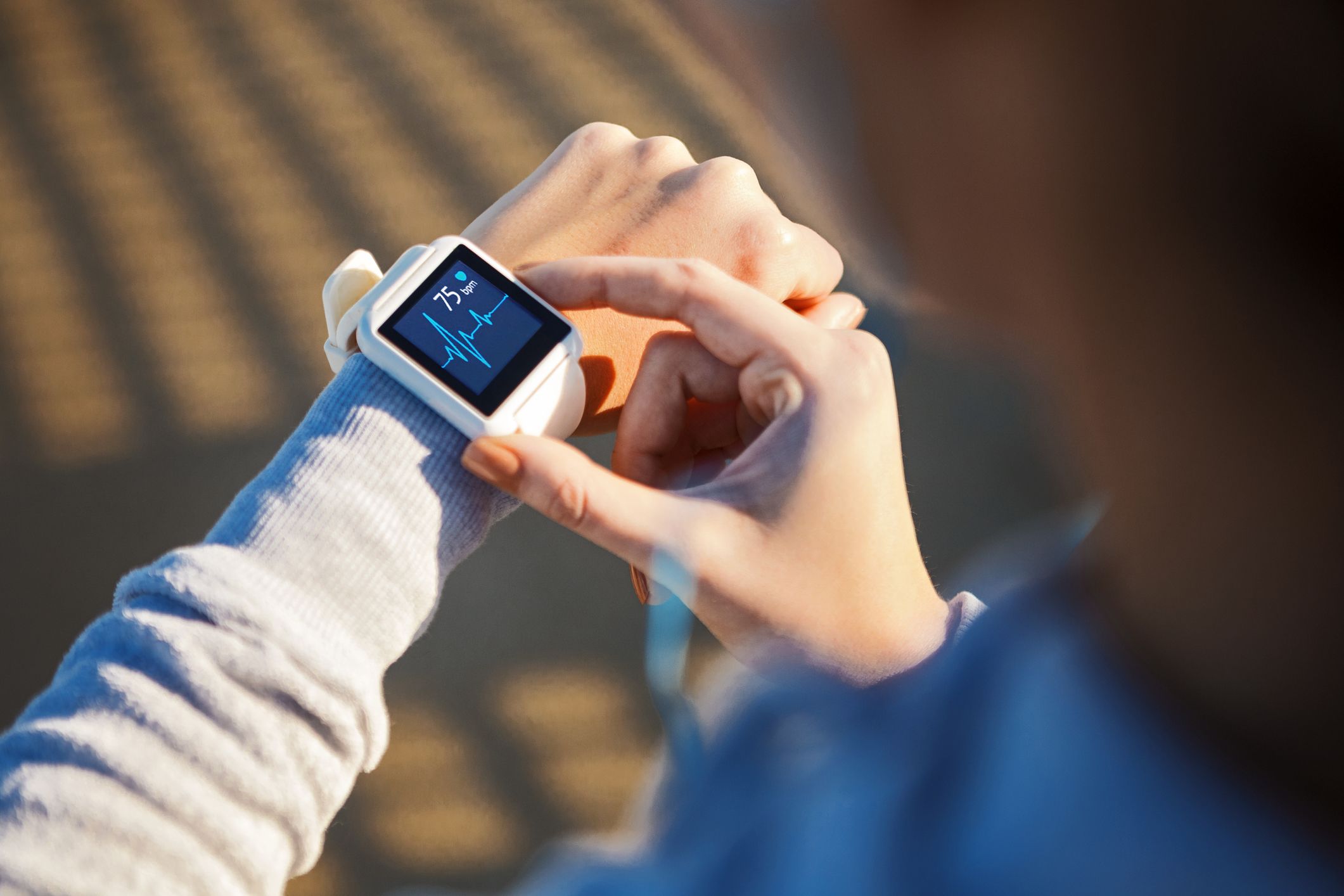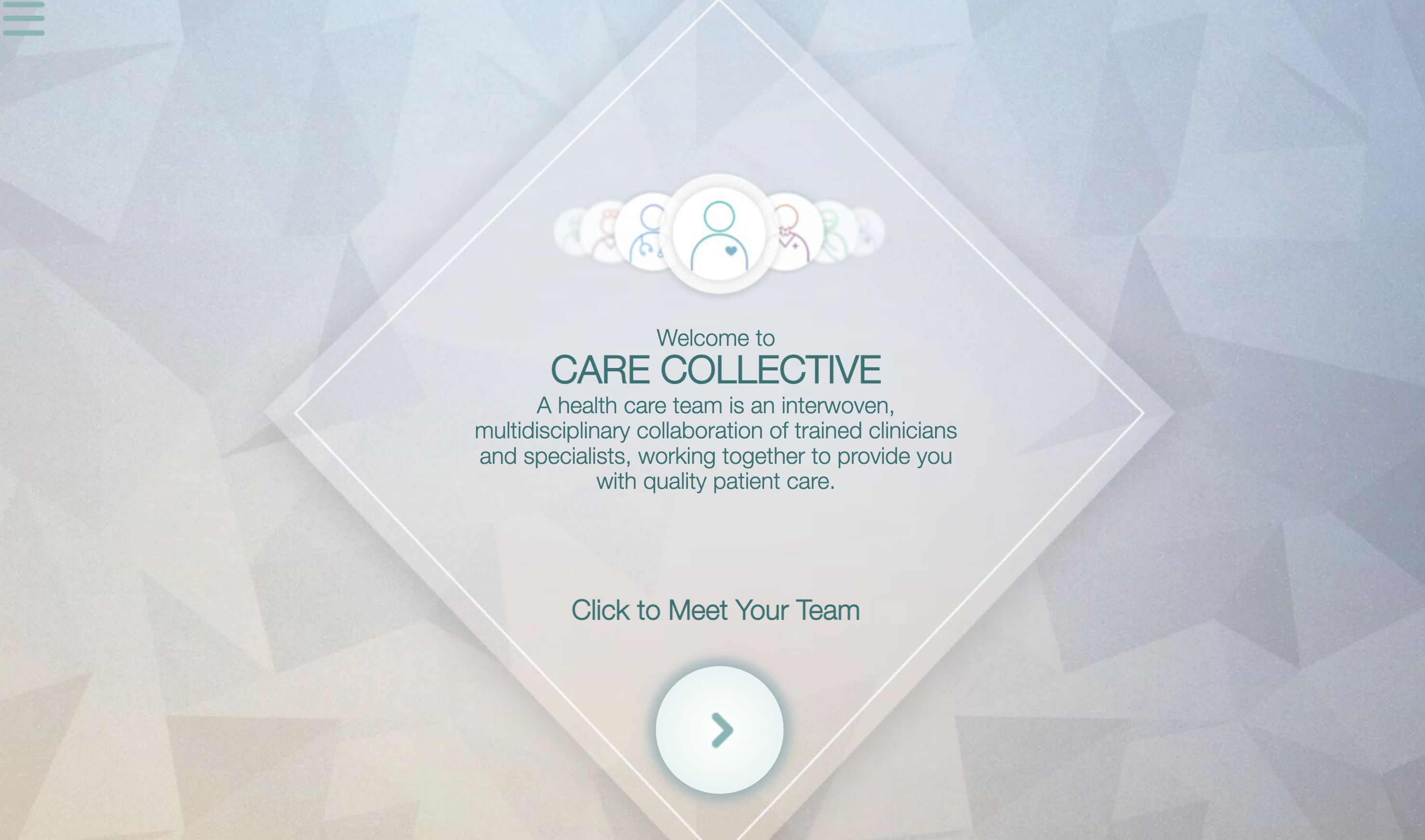Updated on September 15, 2022
People with diabetes often have problems with their feet. One common issue is peripheral neuropathy, which affects up to half of diabetes patients. The condition occurs when high blood sugar levels damage nerves and blood vessels. It typically begins slowly and gets worse as time goes on.
While some people with peripheral neuropathy don’t have symptoms, many feel numbness, tingling, or pain in one or both feet. It can cause a loss of feeling, too, which means you may not notice if your feet become hot or cold. You may also fail to spot injuries, such as cuts or burns. Without treatment, these wounds can cause infections that may eventually lead to amputation. The American Podiatric Medical Association estimates that each year, more than 100,000 lower limbs are amputated as a result of complications from diabetes.
Peripheral neuropathy happens more often in people who don’t keep their diabetes in check. Once you develop the condition, it cannot be reversed—but its progress can be slowed with the right care.
Strategies for healthy feet
The best ways to prevent or slow peripheral neuropathy is by controlling your blood sugar levels and practicing good foot care. Follow these tips:
Have your feet examined at least once yearly. Ask your healthcare provider (HCP) to do a complete exam to check for feeling and blood flow at least once a year. Have your feet checked during regular well visits, too.
Examine your feet daily. Detecting issues early can prevent them from worsening. Look for cuts, blisters, broken skin, corns and calluses, ingrown toenails, and plantar warts. Cover blisters, cuts, or sores with bandages. Redness, swelling, or warm areas should be noted, as well. Use an unbreakable mirror to see the bottom of your feet or have a caregiver help you. Be sure to check between your toes. Call your HCP if you have a wound that won’t heal or signs of infection.
Wash your feet. Gently clean feet and toes with soap and lukewarm water each day. Avoid soaking, which can dry out skin. Apply lotion to keep feet smooth—except between toes, where fungus can grow.
Safeguard feet from temperature extremes. Don’t walk directly on hot pavement or on the sand at the beach. Wear lined boots in cold weather and socks in bed during cold nights. Skip heating pads.
Cut toenails in a straight line. Avoid trimming nail corners, as doing so can lead to ingrown toenails. Use a file to keep edges smooth. If you can’t reach your feet, ask your HCP or a caregiver for help.
Ask about corns and calluses. Don’t remove these skin patches yourself; seek help from your HCP instead. Avoid drugstore medicated pads and liquid removers since they can damage skin. Do not cut corns and calluses.
Always wear shoes and socks. Dress in clean, dry, comfortable footwear indoors and out. Skip going barefoot, as it leaves your feet open to injury. Athletic or walking shoes are good for support and ventilation.
Your HCP should be able to provide information to help you pick the best kind of footwear. Shoes should have a broad and square toe box, laces with three or four eyes per side, padded tongues, high-quality lightweight materials, and sufficient size to accommodate a cushioned insole. Specialized therapeutic footwear may be recommended for high-risk individuals.
Check the inside of shoes before putting them on. Be sure the lining is smooth and free of stones or other objects. Wear well-fitting clean, lightly padded socks, with no seams, if possible.
Boost blood flow to your feet. Elevate your feet when possible and move them and your toes around regularly. Don’t wear too-tight socks or shoes.
Other strategies for keeping your feet as healthy as possible include avoiding smoking, eating a healthy diet, and taking medications as prescribed. Exercise can be helpful, too, but check with an HCP about activities that are kind to your feet. Swimming, walking, and yoga may be good options.





